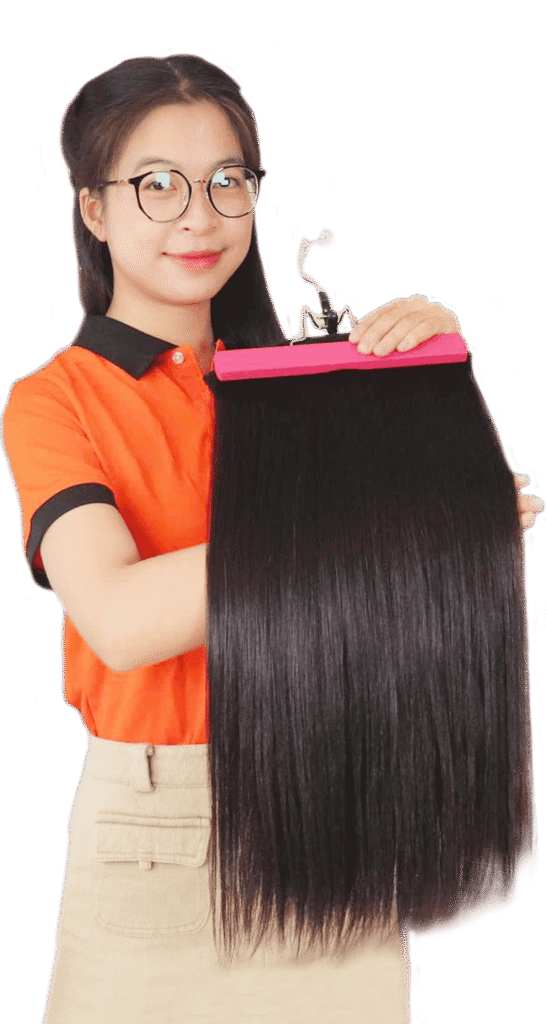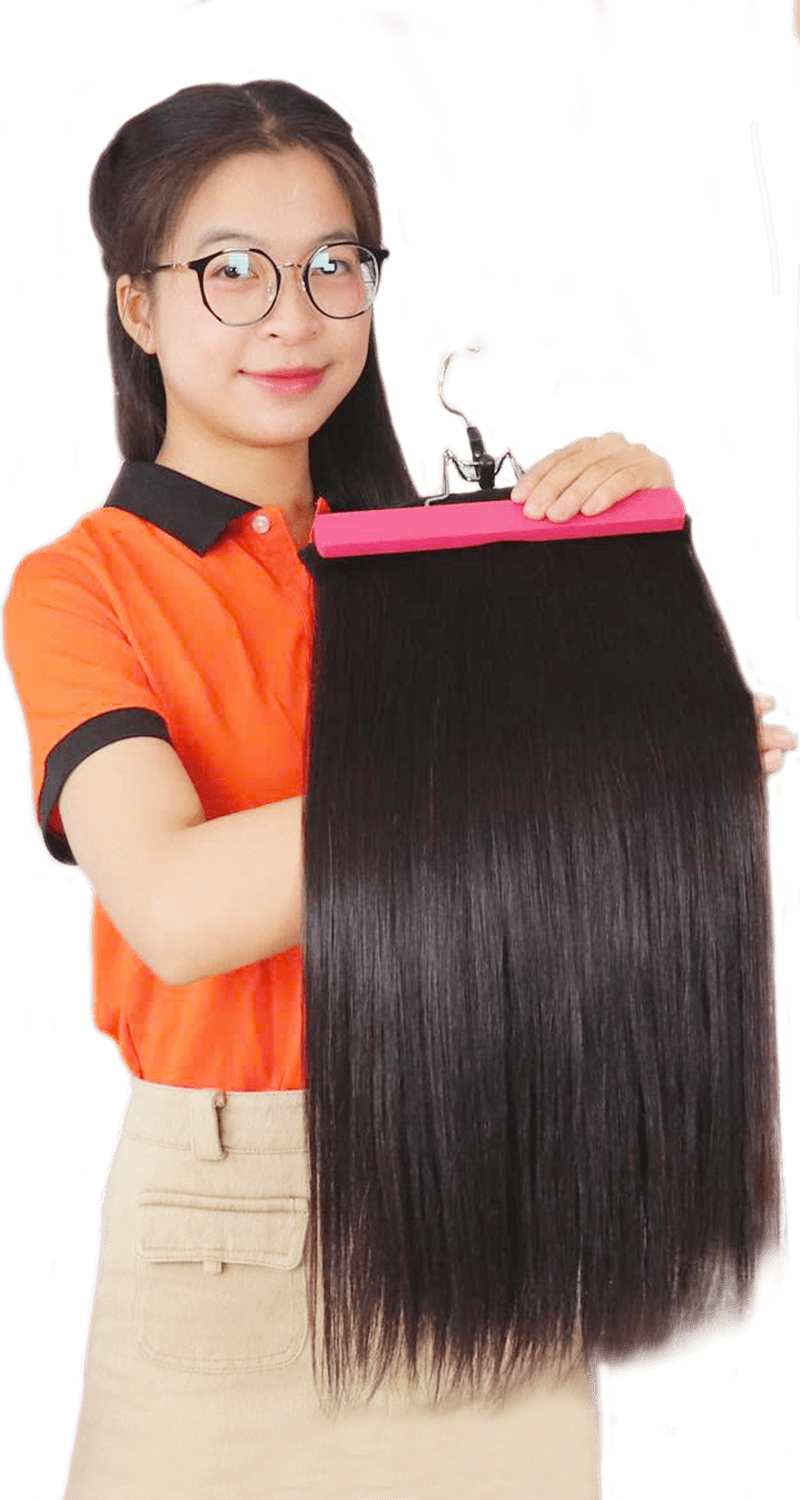In the ever-evolving world of hair care, debates about the best methods for achieving luscious locks continue to capture the attention of beauty enthusiasts. One such hot topic that has sparked countless discussions among those striving for the perfect mane is the age-old question: Is air drying your hair bad? As we navigate the sea of conflicting advice and beauty myths, it’s essential to sift through the information and uncover the truth about air drying. Should we embrace the natural flow of the breeze to dry our tresses, or does this seemingly innocent practice hide potential risks for our hair health? Let’s unravel the mysteries surrounding this widely debated hair care practice and discover whether it’s a friend or foe in the quest for gorgeous, healthy hair.
I. Is Air Drying Bad For Your Hair?
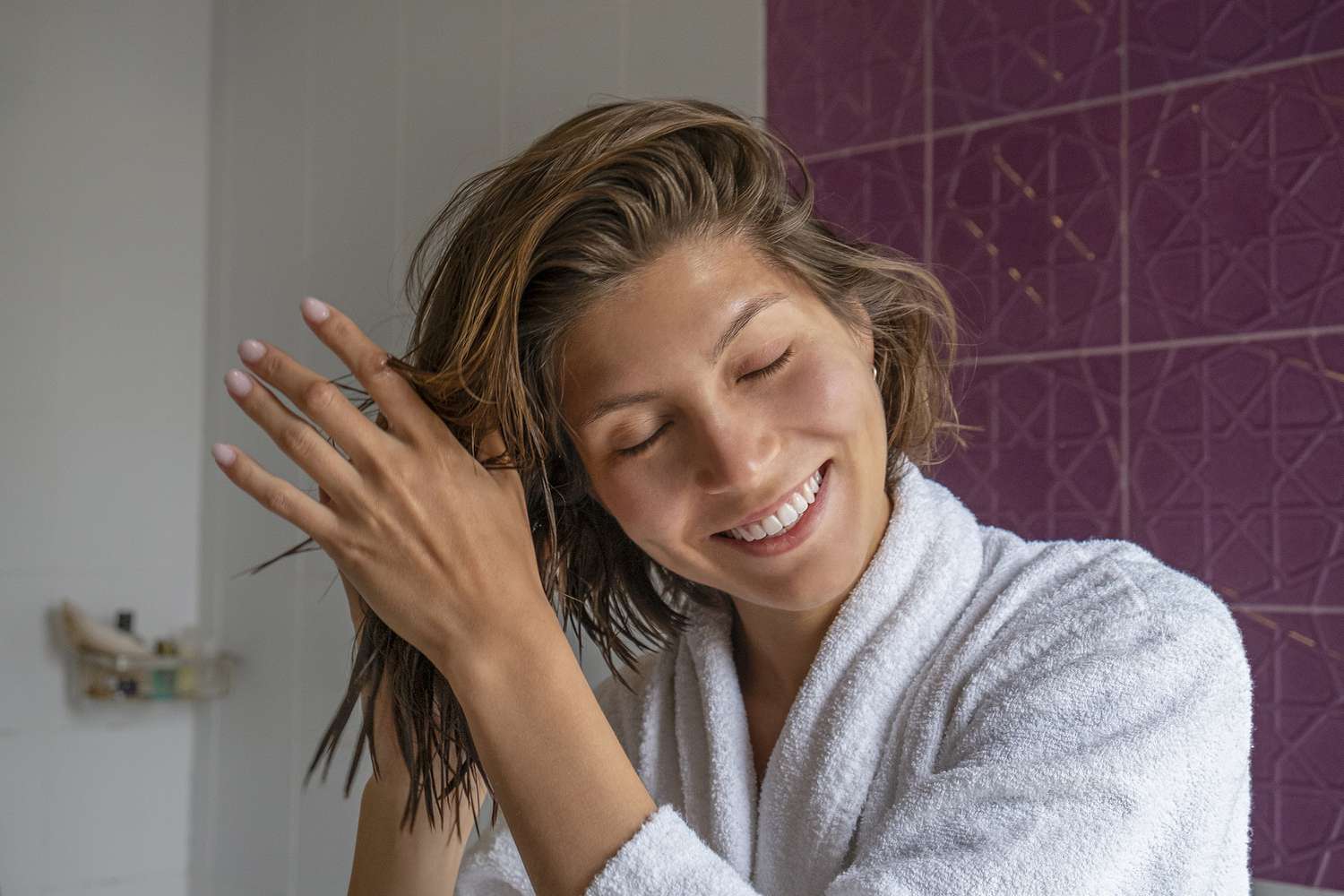
When you air-dry your hair, you maximize the amount of time your hair retains moisture. Although this seems like something that would be good for your hair, it can actually be harmful over time. Air-drying works best when the hair is damp, but we strongly advise against air-drying straight from when it’s soaking wet. The longer your hair stays wet, the more the cortex of your hair will swell and break, resulting in brittle ends and lots of flyaways.
II. Is Air-Drying Your Hair More Damaging Than Using Heat?
Overusing your hair dryer or other heat-styling tools can eventually damage your hair. This happens because a dryer blows intense, focused heat directly onto your hair, which causes hair to lose all moisture right away. This can lead to dehydrated strands that are frizzy and breakage more easily. Air-drying hair is generally considered a gentler alternative to using heat styling tools like hairdryers, straighteners, or curling irons. However, it’s important to note that the potential for damage depends on various factors, including your hair type, the products you use, and your overall hair care routine. Here are some considerations:
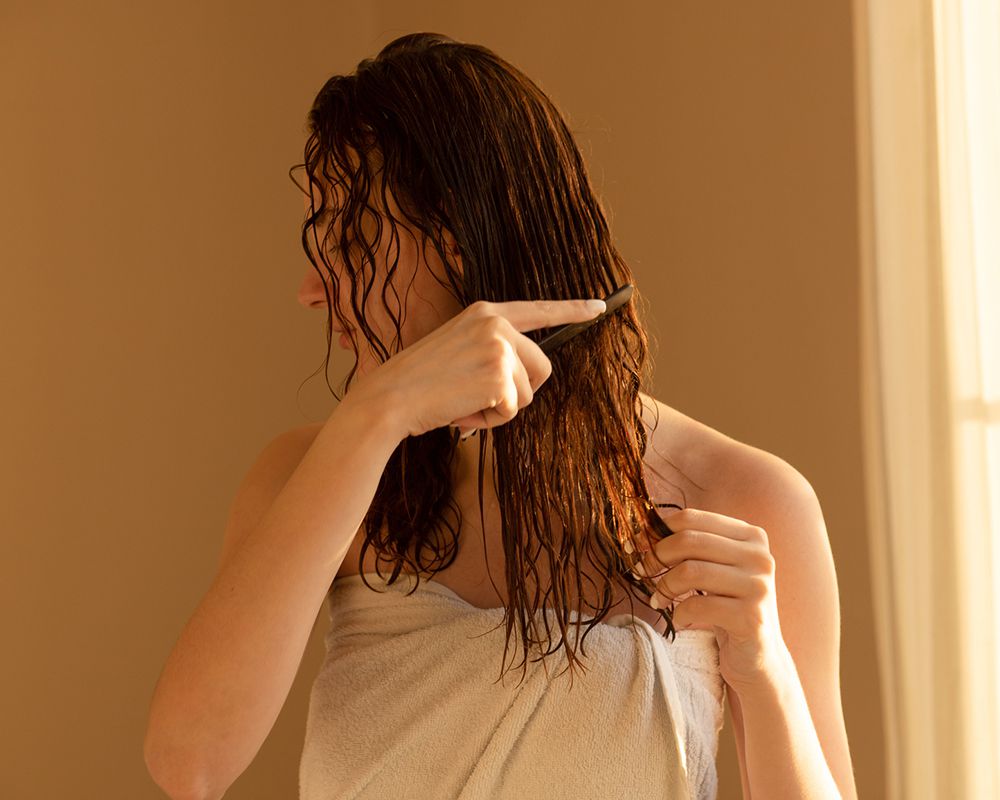
1. Hair Type:
Different hair types have different needs. While air-drying may work well for some, individuals with very thick or curly hair might find that their hair takes a long time to dry and may become prone to frizz. People with fine, wavy, straight, thin, curly, and dyed hair are the most likely to benefit from air drying. It’s healthier for people with this hair type because [air-drying] lacks heat, and it’s not directly on the scalp. Conversely, if you have thick, coarse, kinky, or relaxed hair, you may want to apply a protective product to your hair before you start. This will help prevent your locks from drying out.
2. Product Usage and Hair Care Routine:
Overall hair care practices, such as regular trims, using gentle shampoos and conditioners, and avoiding excessive manipulation, contribute to the health of your hair. Not only that the use of hair care products can influence the impact of air-drying. Applying a heat protectant or leave-in conditioner before air-drying can help protect the hair and reduce the risk of damage. If you don’t know how to create the perfect hair care routine, you can click HERE to find out!
→ If you find that air-drying alone is not meeting your styling preferences or causing issues, you can consider a combination approach. For example, you might air-dry most of the way and then use a hairdryer on a low or cool setting to finish the process.
III. How To Air Dry Hair In The Right Way?
At its simplest definition, the term “air dry” is very self-explanatory. If all you want is for your hair to dry without using a dryer, all you need to do is walk out of the shower and wait for the air to do its job. However, the time it takes the hair to dry, how it looks when it is dry, can vary wildly depending on how you air-dry your hair. Air-drying your hair in a way that prevents weakened strands and provides good styling requires time and a few key techniques.
1. Start With Thoroughly Cleansed Hair
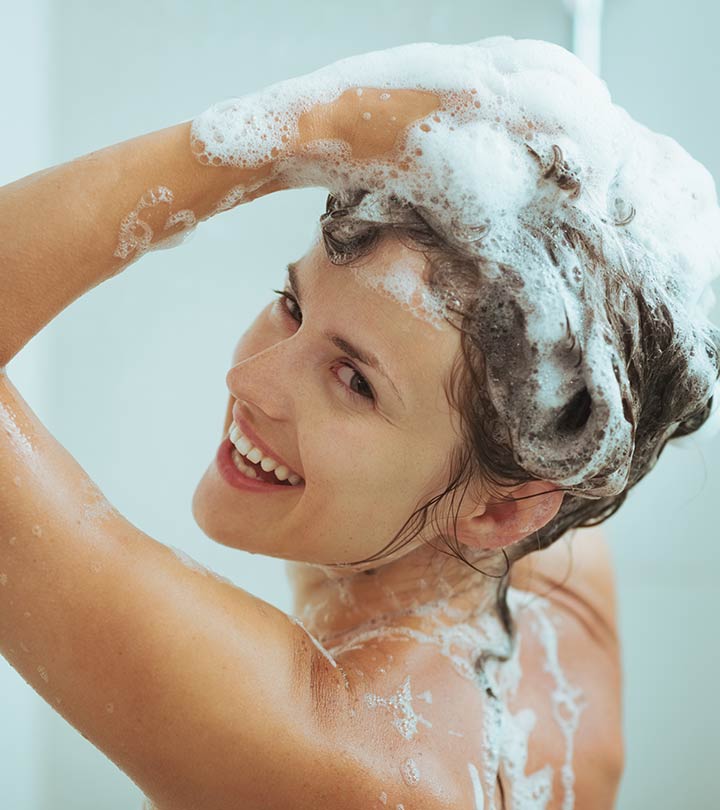
The biggest concern that many people have with air-drying their hair, regardless of hair type or texture, is frizz. If you are planning on air-drying your hair you need to ensure that you thoroughly cleanse the hair in the shower, as product buildup will prevent the moisture of your conditioner or leave-in product from reaching your hair. Next, no matter your hair type or texture, moisture is the key to a successful air-dry. The first step in prepping to air-dry is to ensure you have adequately conditioned. The lack of heat on your hair can often let frizz run free, and conditioning before this drying process, as well as using a leave-in conditioner, helps to lock in the moisture your hair is lacking.
2. Brush or Comb Only When Wet
The number one priority while air-drying is minimizing frizz. Those with curly hair almost always brush or comb their hair when it’s wet to avoid disrupting their curls and creating frizz. For curly hair, avoid brushing your strands while hair is air-drying. This will loosen the curls and create uneven definition throughout the hair. Once the air-drying process starts, any manipulation of the hair is going to create frizz -even touching it with your hands. There should be minimal touching until the hair is at least 75% dry.
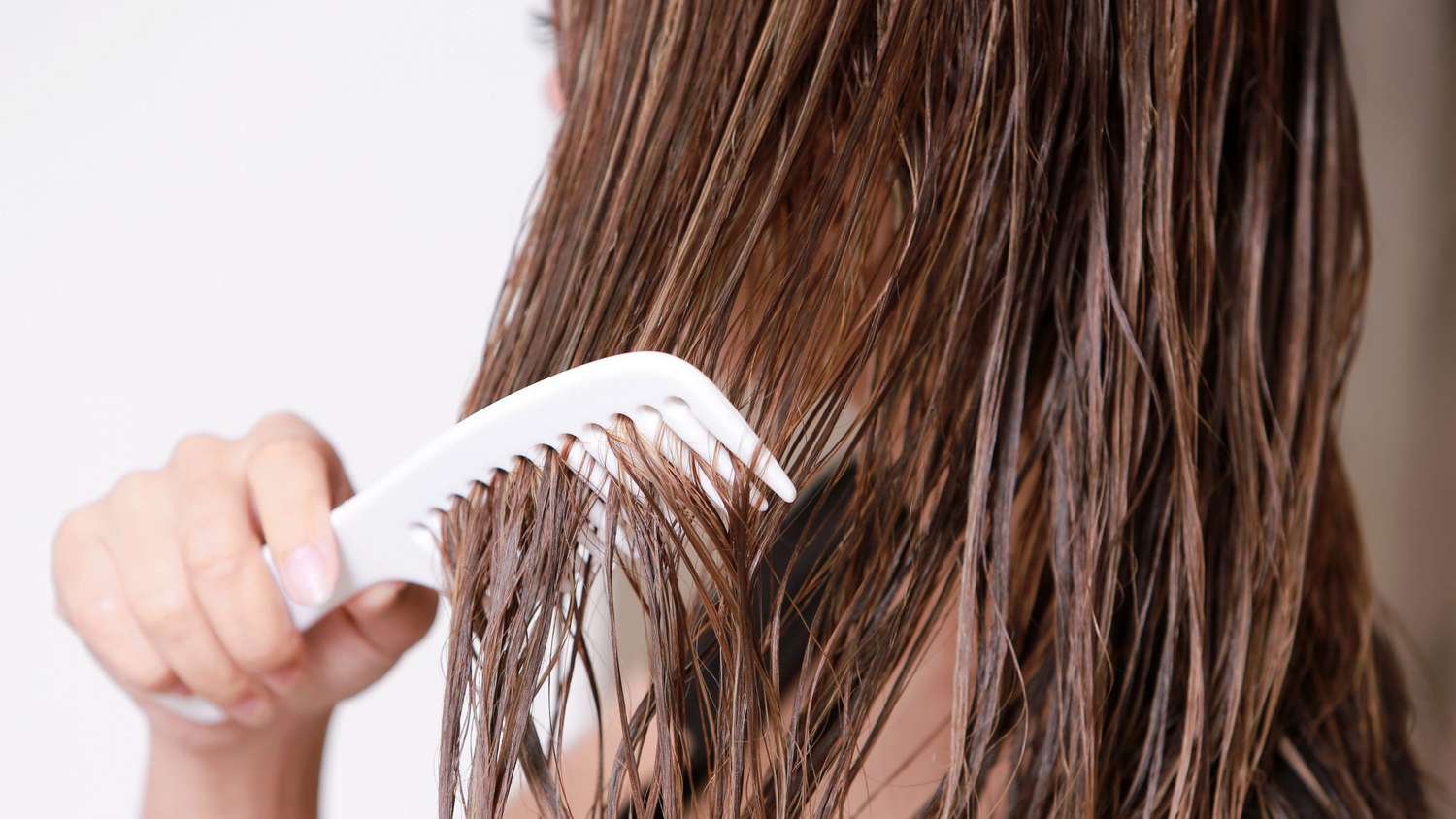
The type of brush or comb you use on wet hair is important. We recommend detangling brushes such as the Denman or the Felicia Leatherwood Detangler Brush, your fingers, and wide tooth combs for wet hair. You can click HERE to see the list of the best detangling brushes.
3. Apply the Right Styling Products
In a process that curly-haired people will be familiar with, you will want to apply the styling products to wet or damp hair. The right type of air-dry styling product will vary based on your hair type, as many curly products are interchangeable with air-drying or diffusing.
- For curly hair, you’ll likely need a leave-in moisturizing product, followed by a gel, cream, or foam.
- For straight hair, it’s important not to weigh the hair down with the product.
4. Only Use a Microfiber Towel
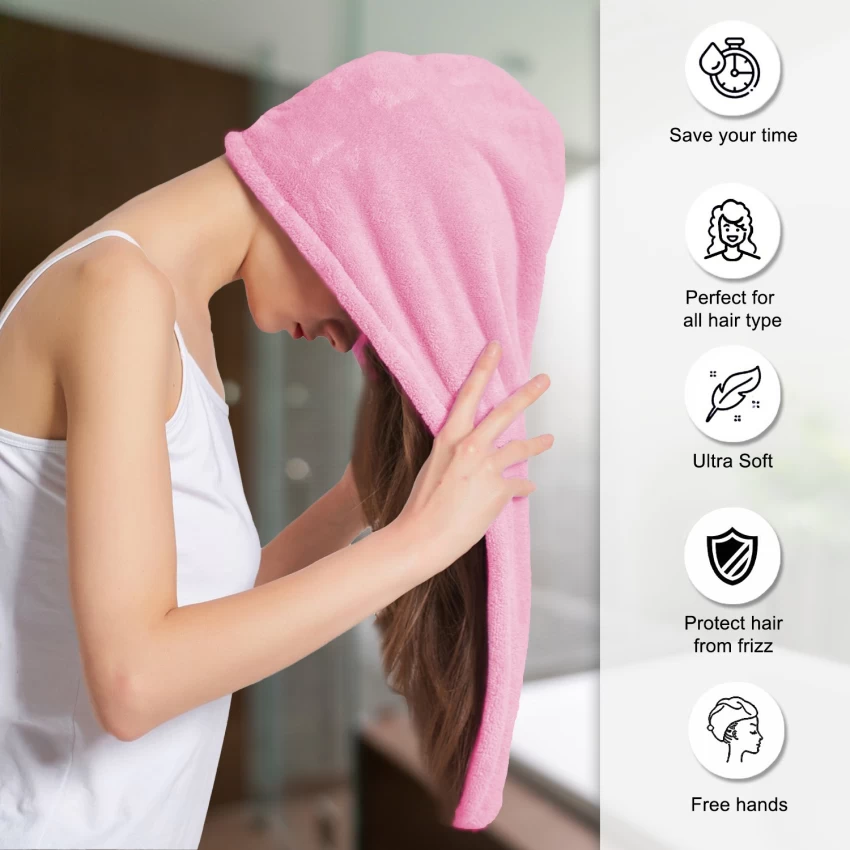
Using a microfiber towel will help to shorten your air-drying time without causing frizz. Traditional cotton towels can create more friction and are more disruptive to the hair. Rubbing your hair with a towel disrupts the hair cuticles and can lead to frizz and breakage. Be sure to squeeze with a microfiber towel any excess water that may be dripping from the hair. This ensures a shortened air-drying time. Blot softly, focusing on your roots, until your hair is still wet but not dripping or soaking anymore. Try not to roughly rub or tousle your hair.
IV. Conclusion
Air-drying is generally considered a healthier option for your hair compared to frequent heat styling, but it’s important to be mindful of your hair’s unique needs and adjust your routine accordingly. Experimenting with different products and techniques will help you find the best approach for your hair type and lifestyle.


 BEST SELLING PRODUCTS
BEST SELLING PRODUCTS Wig Hair
Wig Hair WHOLESALE
WHOLESALE Contact us
Contact us Sale Events
Sale Events